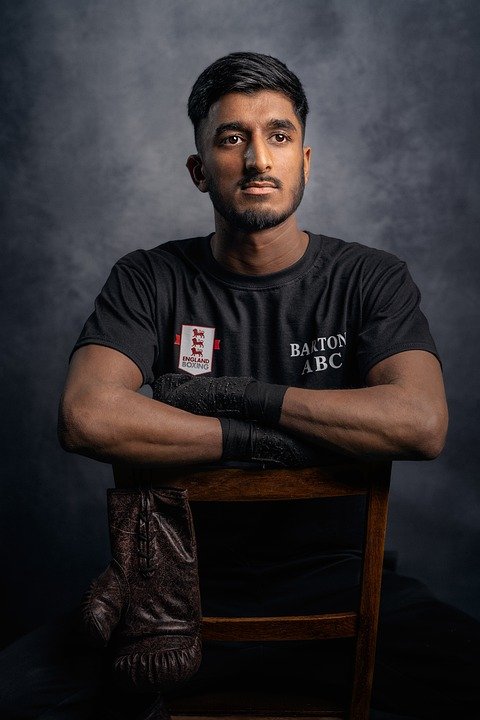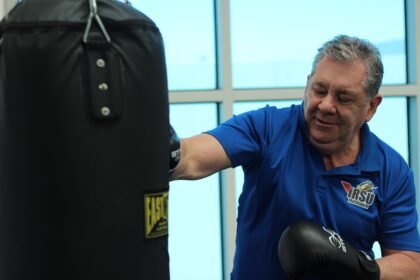Alliances in the Ring: How Fighter Partnerships Enhance MMA Performance
Mixed Martial Arts (MMA) is an arena where individual skill often eclipses team dynamics; however, the role of alliances—whether forged in the gym or created through friendship—has increasingly shown that partnerships play a significant part in enhancing a fighter’s performance. The mat is not just a battleground for competition; it is also a crucible for forging strategic alliances that can prove beneficial in various contexts, from training to fight planning and beyond.
The Power of Collaboration
MMA is a multifaceted sport combining various disciplines, including striking and grappling. In this complex environment, fighters often realize that they cannot achieve their full potential in isolation. Forming alliances allows them to draw on the strengths of their partners, improve weaknesses, and develop new tactics. Collaborating with other fighters can inspire innovative techniques, push boundaries, and create an environment of shared knowledge.
Training Partners: A Crucial Advantage
Training in MMA is grueling and requires a diverse skill set. Fighters benefit immensely from training partnerships, which provide them with diverse looks and styles that simulate a real fight scenario.
-
Technical Mastery: Fighters can specialize in different aspects of MMA. For instance, a fighter with a strong Brazilian Jiu-Jitsu background can team up with a Muay Thai expert, enabling both athletes to sharpen their skills. Working together, they can critique each other’s techniques, leading to improved grappling transitions or striking strategies.
-
Injury Prevention: Training with a partner can also help minimize injuries. When engaging in hard sparring sessions or complex drills, having a trusted partner enables fighters to control intensity and listen to each other’s needs, which can reduce the risk of overexertion or injury due to reckless practice.
- Mental Fortitude: Sparring and training with someone else adds an element of psychological support. It allows fighters to push their limits together, encouraging mental resilience. Watching a training partner give their all can ignite a fighter’s motivation, creating a positive feedback loop that fosters determination and grit.
Strategic Alliances Pre-Fight
Beyond the training room, strategic alliances can also be crucial in preparing for specific opponents. Fighters often study their opponents’ past performances, and aligning with partners who share knowledge or experience against similar style fighters can be invaluable.
-
Game Planning: A fighter’s corner team, made up of coaches and trusted allies, plays an integral role in pre-fight strategy. These alliances help devise game plans tailored specifically to counter an opponent’s strengths while maximizing the fighter’s own capabilities. Tactical discussions can lead to the incorporation of surprise moves, waiting traps, or defensive strategies well-aligned with each combatant’s abilities.
- Emotional Support: The countdown to a fight can induce significant pressure. Fighters often rely on their alliances for emotional support. A strong support network provides not only encouragement but also diverse perspectives that can ease pre-fight jitters. The comfort of having trusted partners can bolster confidence ahead of a high-stakes showdown.
Post-Fight Analysis and Growth
Once the fight concludes, alliances continue to provide pivotal support. Fighters must often engage in post-fight analysis—both of their performance and that of their opponents. Partners can provide valuable insights, enabling fighters to identify strengths they demonstrated as well as weaknesses that need addressing for future bouts.
-
Constructive Criticism: Conversations with trusted training partners can yield honest and constructive feedback, which is crucial for improvement. They can offer fresh perspectives on the fighter’s performance, helping to shape the next phase of training.
- Mentoring: More experienced fighters often take on a mentor role to younger or less experienced fighters, creating a cycle of knowledge transfer. This creates a culture of learning and mutual growth in the fighter community, leading to improved performance across the board.
Conclusion
The rise of MMA has spotlighted the individual athlete, yet it is clear that alliances in the ring can dramatically enhance performance. From technical training to emotional support and strategic collaboration, partnerships provide fighters with a multifaceted approach to success. As MMA continues to evolve, the importance of these alliances will likely grow, fostering a culture of cooperation in a sport that thrives on the individual ambition of its competitors.
In a sport where every advantage matters, fighters would do well to nurture their alliances both inside and outside the ring. For those who harness the power of partnership effectively, the rewards are not only in victory but in continual growth as fierce competitors and exceptional martial artists.






